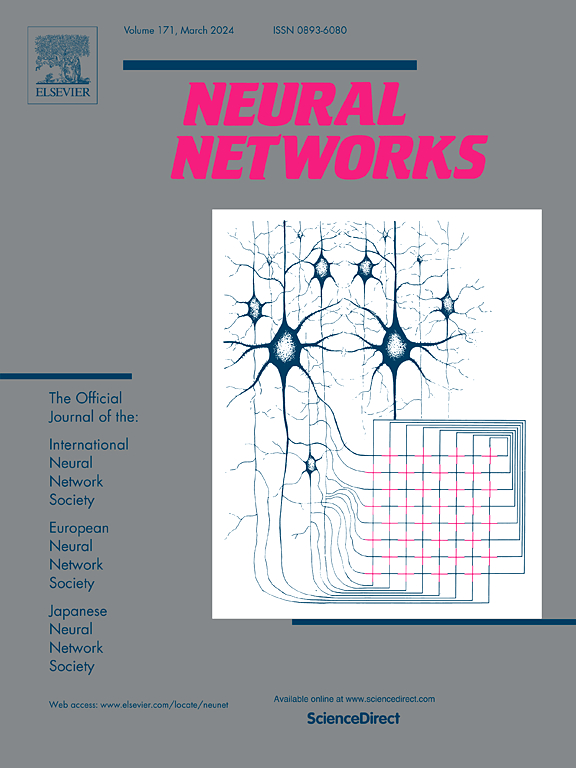Revisiting low-homophily for graph-based fraud detection
IF 6
1区 计算机科学
Q1 COMPUTER SCIENCE, ARTIFICIAL INTELLIGENCE
引用次数: 0
Abstract
The openness of Internet stimulates a large number of fraud behaviors which have become a huge threat. Graph-based fraud detectors have attracted extensive interest since the abundant structure information of graph data has proved effective. Conventional Graph Neural Network (GNN) approaches reveal fraudsters based on the homophily assumption. But fraudsters typically generate heterophilous connections and label-imbalanced neighborhood. Such behaviors deteriorate the performance of GNNs in fraud detection tasks due to the low homophily in graphs. Though some recent works have noticed the challenges, they either treat the heterophilous connections as homophilous ones or tend to reduce heterophily, which roughly ignore the benefits from heterophily. In this work, an integrated two-strategy framework HeteGAD is proposed to balance both homophily and heterophily information from neighbors. The key lies in explicitly shrinking intra-class distance and increasing inter-class segregation. Specifically, the Heterophily-aware Aggregation Strategy tease out the feature disparity on heterophilous neighbors and augment the disparity between representations with different labels. And the Homophily-aware Aggregation Strategy are devised to capture the homophilous information in global text and augment the representation similarity with the same label. Finally, two corresponding inter-relational attention mechanisms are incorporated to refine the procedure of modeling the interaction of multiple relations. Experiments are conducted to evaluate the proposed method with two real-world datasets, and demonstrate that the HeteGAD outperforms 11 state-of-the-art baselines for fraud detection.
重新审视基于图的欺诈检测的低同态性
互联网的开放性激发了大量的欺诈行为,成为一个巨大的威胁。由于图数据丰富的结构信息被证明是有效的,基于图的欺诈检测器引起了广泛的关注。传统的图神经网络(GNN)方法基于同态假设来揭示欺诈者。但欺诈者通常会产生异性恋关系和标签不平衡的邻居。由于图的低同态性,这种行为会降低gnn在欺诈检测任务中的性能。尽管最近的一些研究已经注意到了这些挑战,但他们要么将异性恋连接视为同性连接,要么倾向于减少异性恋,这大致忽略了异性恋的好处。在这项工作中,提出了一个集成的双策略框架HeteGAD来平衡来自邻居的同质性和异质性信息。关键在于明确地缩小阶级内部的距离,增加阶级之间的隔离。具体而言,该聚合策略梳理了异亲邻居的特征差异,并增加了不同标签表示之间的差异。并设计了同音感知聚合策略,以捕获全局文本中的同音信息,增强相同标签下的表示相似度。最后,结合两种相应的相互关系注意机制,完善了多关系相互作用的建模过程。实验用两个真实世界的数据集来评估所提出的方法,并证明HeteGAD优于11个最先进的欺诈检测基线。
本文章由计算机程序翻译,如有差异,请以英文原文为准。
求助全文
约1分钟内获得全文
求助全文
来源期刊

Neural Networks
工程技术-计算机:人工智能
CiteScore
13.90
自引率
7.70%
发文量
425
审稿时长
67 days
期刊介绍:
Neural Networks is a platform that aims to foster an international community of scholars and practitioners interested in neural networks, deep learning, and other approaches to artificial intelligence and machine learning. Our journal invites submissions covering various aspects of neural networks research, from computational neuroscience and cognitive modeling to mathematical analyses and engineering applications. By providing a forum for interdisciplinary discussions between biology and technology, we aim to encourage the development of biologically-inspired artificial intelligence.
 求助内容:
求助内容: 应助结果提醒方式:
应助结果提醒方式:


